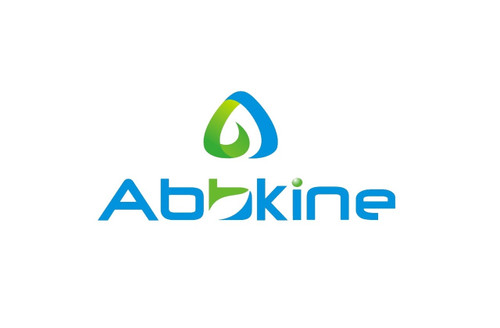Product Description
Mouse Advanced glycation end products (AGEs) ELISA Kit | AE24246MO | Abebio
Species Reactivity: Mouse (Mus musculus)
Abbreviation: AGEs
Alternative Name: N/A
Application: ELISA
Range: 0.156-10 µg/mL
Sensitivity: 0.039 µg/mL
Intra-Assay: ≤6.0%
Inter-Assay: ≤11.7%
Recovery: 1, 02
Sample Type: Serum, Plasma, Other biological fluids
Detection Method: Sandwich
Analysis Method : Quantitive
Test Principale: This assay employs a two-site sandwich ELISA to quantitate AGEs in samples. An antibody specific for AGEs has been pre-coated onto a microplate. Standards and samples are pipetted into the wells and anyAGEs present is bound by the immobilized antibody. After removing any unbound substances, a biotin-conjugated antibody specific for AGEs is added to the wells. After washing, Streptavidin conjugated Horseradish Peroxidase (HRP) is added to the wells. Following a wash to remove any unbound avidin-enzyme reagent, a substrate solution is added to the wells and color develops in proportion to the amount of AGEs bound in the initial step. The color development is stopped and the intensity of the color is measured.
Product Overview: Advanced Glycation End products (AGEs) are the result of a chain of chemical reactions after an initial glycation reaction. The intermediate products are known, variously, as Amadori, Schiff base and Maillard products, named after the researchers who first described them. Side products generated in intermediate steps may be oxidizing agents or not. "Glycosylation" is sometimes used for "glycation" in the literature, usually as 'non-enzymatic glycosylation.' AGEs may be formed external to the body (exogenously) by heating (e.g., cooking) sugars with fats or proteins; or inside the body (endogenously) through normal metabolism and aging. Under certain pathologic conditions (e.g., oxidative stress due to hyperglycemia in patients with diabetes), AGE formation can be increased beyond normal levels. AGEs are now known to play a role as proinflammatory mediators in gestational diabetes as well.
Stability: The stability of ELISA kit is determined by the loss rate of activity. The loss rate of this kit is less than 5% within the expiration date under appropriate storage condition. The loss rate was determined by accelerated thermal degradation test. Keep the kit at 37°C for 4 and 7 days, and compare O.D.values of the kit kept at 37°C with that of at recommended temperature. (referring from China Biological Products Standard, which was calculated by the Arrhenius equation. For ELISA kit, 4 days storage at 37°C can be considered as 6 months at 2 - 8°C, which means 7 days at 37°C equaling 12 months at 2 - 8°C) .
 Euro
Euro
 USD
USD
 British Pound
British Pound
 NULL
NULL








